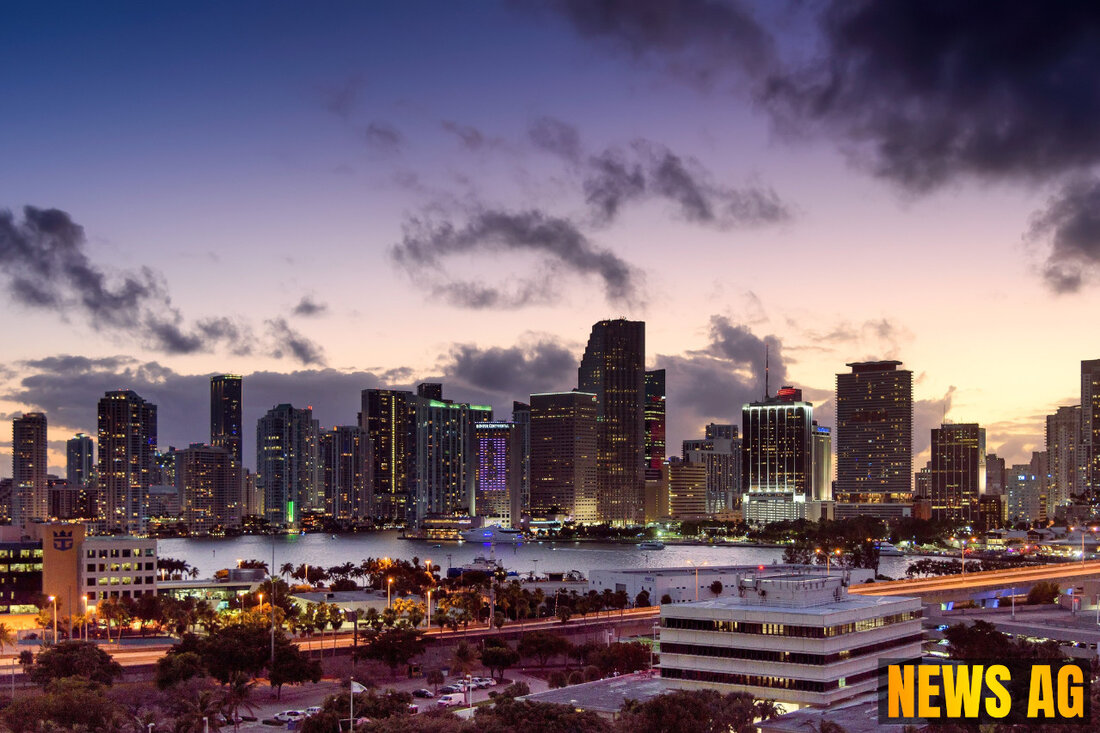Protests Erupt in Mexico City Against Skyrocketing Rents and Displacement
Protests in Mexico City highlight housing crisis and gentrification challenges as costs surge and locals face displacement.

Protests Erupt in Mexico City Against Skyrocketing Rents and Displacement
On July 4, 2025, the vibrant streets of Mexico City were filled with demonstrators rallying against soaring living costs and the relentless tide of gentrification, a phenomenon that has been reshaping their communities. According to Yahoo News, the Frente anti-gentrification, led by Eduardo Alanis, took center stage during the protest, aiming to amplify the voices of young citizens grappling with soaring housing challenges. This protest was not just a response to rising rents, which Alanis notes have spiked by an eye-watering 47% over the past five years, but also a reflection of deeper social issues rooted in economic inequality.
Gentrification is often linked to government policies that favor wealthier individuals, effectively marginalizing long-term residents. As affluent Americans flock to areas like Colonia Condesa, many are leaving local citizens feeling left behind. The growing presence of U.S. migrants, who can enjoy stays in Mexico for up to 180 days without a visa, has made a significant mark on housing dynamics in the city.
Rising Rents and Displacement
Research data highlights a troubling trend: housing accessibility in Mexico City has plummeted, becoming four times more challenging for families from 2005 to 2015. This dropout of residents has been corroborated by extensive studies that reveal the bulging rents and property values are not just a thing of the past; between 2000 and 2022, average housing prices shot up a staggering fourfold. This increase has left many families struggling to afford basic accommodations, and according to PMCNBC, the fallout from gentrification has seen approximately 83,000 individuals flee Mexico City each year, often in search of more affordable living options.
Key neighborhoods are witnessing stark transformations. In places like Polanco, property values have ballooned eight-fold between 2000 and 2018. The neighborhood has become a hotbed for wealth, attracting young professionals and expatriates, yet leaving behind a landscape that is increasingly commercialized and detached from its original cultural fabric. Likewise, areas such as Roma Norte and Centro Histórico are facing rising rents, pushing lower-income families out and creating a pall of social tension.
Community Impact and Responses
The urban landscape of Mexico City is not just morphing; it is redefined. As discussed by Mexico Historico, gentrification embodies the flow of affluent newcomers into once modest neighborhoods, leading to rising property prices and the alarming displacement of long-standing residents who have built their lives there. The changes in local businesses are palpable, with cherished mom-and-pop stores being replaced by upscale boutiques and cafés, raising concerns about cultural erosion.
Grassroots movements are crucial in advocating for the rights of residents and the preservation of their communities. Activist groups like Asamblea de Barrios have emerged as essential players in the fight against gentrification’s impact, while government programs to bolster housing for low-income families exist but often fall short in effective implementation.
As Mexico City finds itself at a crossroads, collaboration between residents, local authorities, and non-profits is pivotal. There is something to be said for addressing these urban challenges with a heart that prioritizes existing communities over developmental interests. Moving forward, it’s vital that the voices of all citizens are incorporated into urban planning, ensuring that the rich cultural heritage and community spirit of this vibrant city endure against the onslaught of commercialization.
